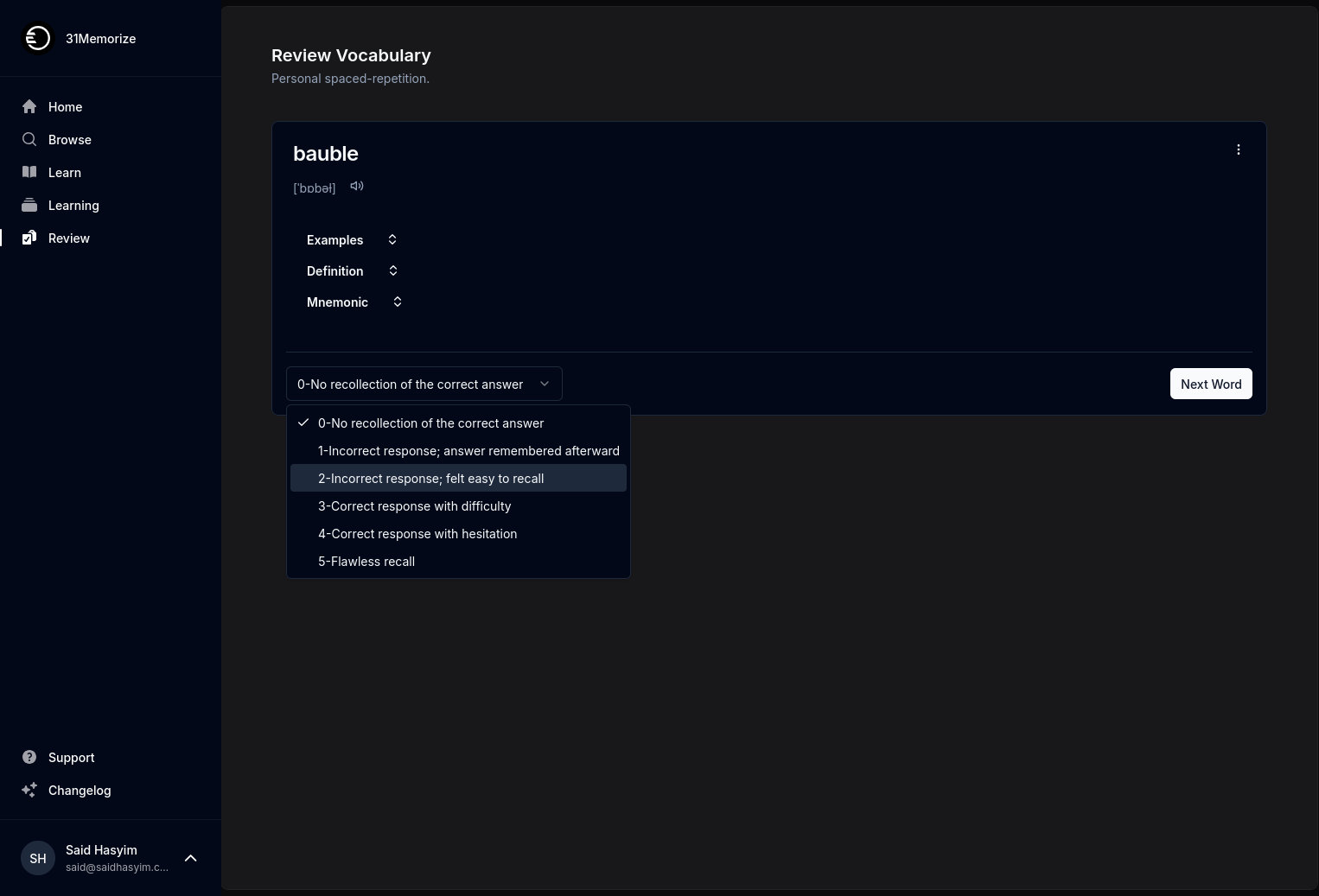Profiting from Reader Responses and Ratings
In today’s digital age, where opinions and feedback travel at the speed of a click, reader responses and ratings hold significant weight for brands, content creators, and businesses alike. Understanding how to harness these tools can drive not only engagement but also profitability. This blog post delves into strategies for profiting from reader responses and ratings, exploring the psychology behind feedback, the mechanics of leveraging responses, and the ethical considerations involved.
Understanding Reader Responses and Ratings
The Power of Feedback
Reader responses and ratings serve as a direct line of communication between the audience and creators. They are invaluable for several reasons:
- Authenticity: Reviews and ratings provide genuine feedback from real users, enhancing credibility.
- Social Proof: Positive ratings act as endorsements, influencing potential customers’ decisions.
- Insight: Reader feedback can highlight strengths and weaknesses, guiding future improvements.
The Psychology Behind Ratings
Human behavior strongly leans towards collective opinions. This principle reflects the psychology of social proof, where individuals depend on the feedback of others to make decisions. A product with numerous positive ratings is often perceived as trustworthy, hence making potential customers more likely to engage with it.
Strategies for Profiting from Reader Responses and Ratings
1. Actively Encourage Feedback
Creating an environment where readers feel encouraged to provide feedback is crucial. Consider the following methods:
- Call to Action: Explicitly ask readers to leave a rating or review. Invite them to share their thoughts in comments or through direct emails.
- Incentives: Offer small incentives for leaving feedback, such as discounts or exclusive content. This encourages participation while showing appreciation for their time.
2. Analyze and Implement Feedback
Once you start receiving feedback, it’s essential to analyze it. Categorize responses to identify common themes:
- Trending Topics: Are there recurring comments on specific features? Use this information to refine your offerings.
- Constructive Criticism: Responding positively to constructive criticism can showcase your commitment to improvement. Implement suggestions where feasible and communicate changes to your audience.
3. Use Testimonials as Marketing Tools
Positive ratings and testimonials serve as powerful marketing tools. Here’s how to make the most of them:
- Highlight Testimonials: Feature strong testimonials prominently on your website, social media, or any promotional materials. This helps potential customers relate and builds trust.
- Case Studies: Develop in-depth case studies from customers who have had significant success with your product or service. This can serve as powerful content that showcases real-world benefits.
4. Engage with Your Audience
Engagement is key! Responding to reader responses, whether positive or negative, helps build a community:
- Show Appreciation: Thank readers for their feedback, regardless of its nature. This creates a connection and encourages future interaction.
- Address Concerns: When addressing negative feedback, do so professionally and constructively. Acknowledge the concern and explain how you plan to rectify the situation.
5. Leverage Social Media
Social media platforms amplify reader responses and ratings:
- Share Interactions: Post particularly interesting or positive comments as part of your content strategy.
- Encourage Sharing: Prompt your readers to share their experiences on social media. User-generated content can greatly enhance reach and authenticity.
6. Create Valuable Content
The insights gained from reader feedback can inform your content strategy. Tailor your content to meet the interests and preferences of your audience:
- FAQs and Guides: Develop content based on frequent questions or comments. This not only improves your SEO but also demonstrates that you value reader input.
- Relevant Topics: Create content that addresses gaps or interests highlighted in reader responses. This keeps your material fresh and engaging.
Ethical Considerations
While profiting from reader responses and ratings is beneficial, it’s essential to approach this practice ethically. Here are a few dos and don’ts:
Do:
- Be Honest: Always present genuine feedback. Avoid fabricating ratings or reviews, as authenticity is paramount.
- Respect Privacy: If you opt to feature reader comments or testimonials, seek permission first. Privacy and consent are essential in maintaining trust.
- Maintain Transparency: If you’re incentivizing feedback, disclose this to readers. Transparency fosters trust and credibility.
Don’t:
- Manipulate Ratings: Engaging in practices that manipulate feedback, such as fake ratings, is unethical and can damage a brand’s reputation.
- Ignore Negative Feedback: Dismissing negative reviews can alienate your audience. Instead, view them as opportunities for growth and engagement.
Conclusion
In conclusion, reader responses and ratings are more than just numbers; they represent a dialogue between creators and consumers. By understanding this interaction, actively engaging with your audience, and ethically leveraging this feedback, you can create a cycle of improvement and profitability. Remember, the key is not just to seek feedback for profit but to foster a community built on trust, transparency, and growth.
Embrace your readers’ voices, celebrate their opinions, and watch as your engagement transforms into profit. The landscape of digital interaction is ever-evolving, and those who adapt and respond to reader feedback will always find themselves ahead of the curve. Happy engaging!
